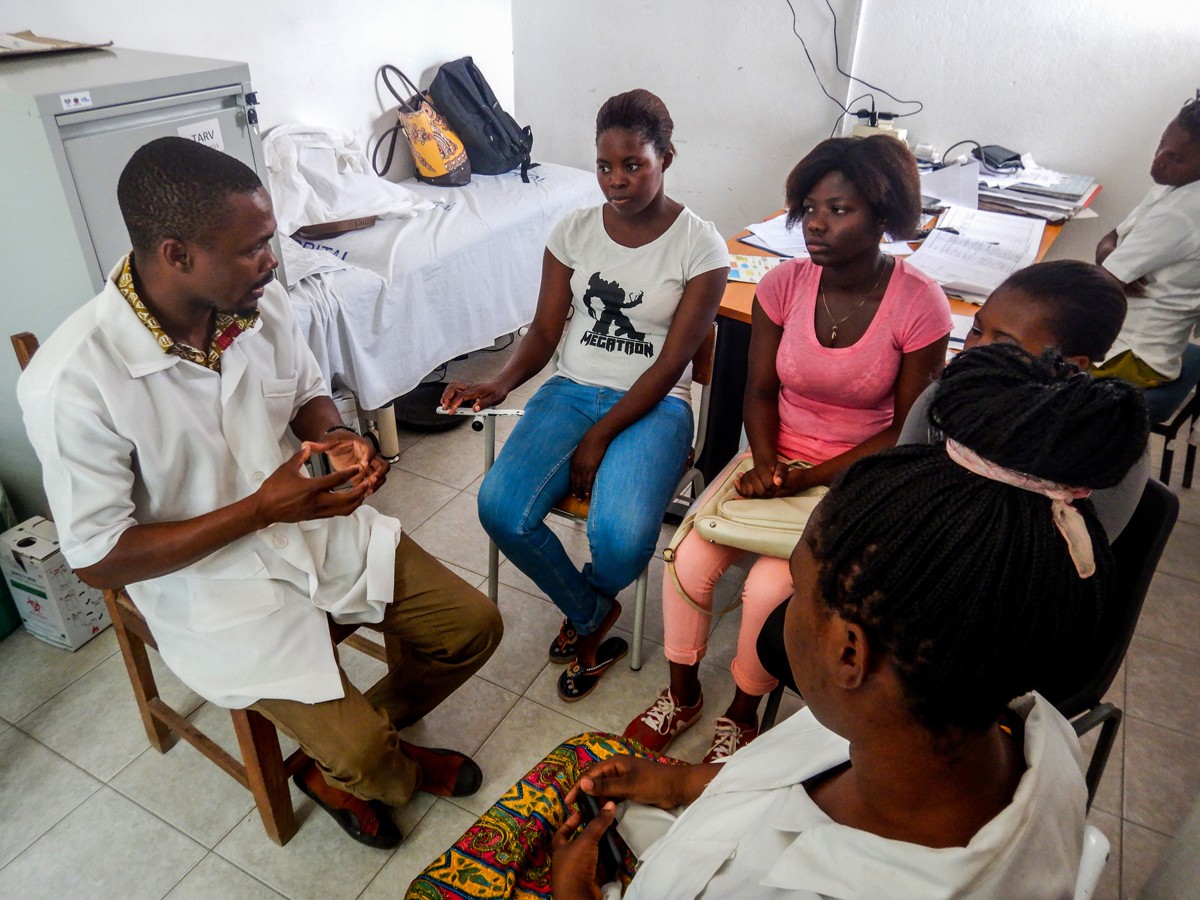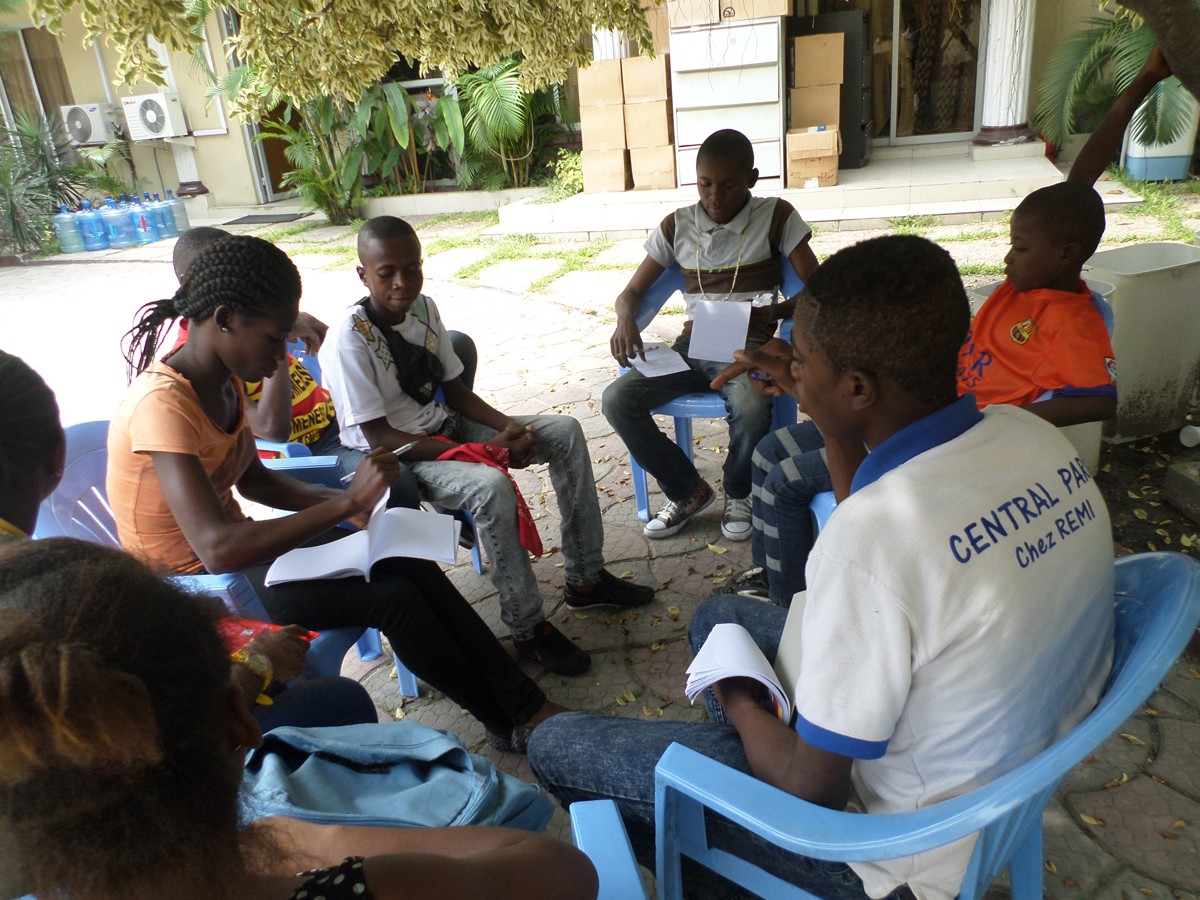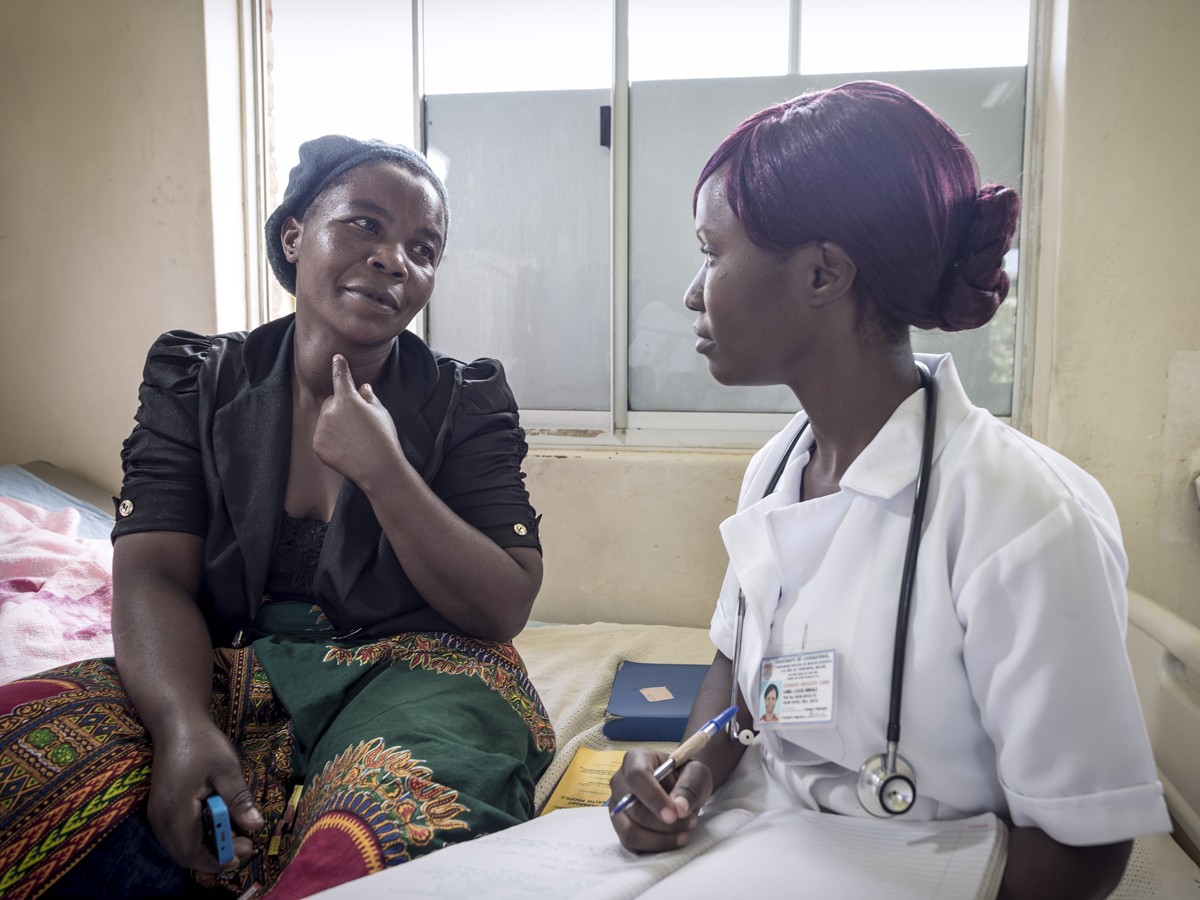Phillips TK, Clouse K, Zerbe A, Orrell C, Abrams EJ, Myer L.
J Int AIDS Soc. 2018 Jul;21 Suppl 4:e25114. doi: 10.1002/jia2.25114.
INTRODUCTION:
Linkage to care and mobility postpartum present challenges to long-term retention after initiating antiretroviral therapy (ART) in pregnancy, but there are few insights from sub-Saharan Africa. We aimed to describe postpartum linkage to care, mobility, retention and viral suppression after ART initiation in pregnancy.
METHODS:
Using routine electronic data we assessed HIV-specific health contacts and clinic movements among women initiating ART in an integrated antenatal care (ANC) and ART clinic in Cape Town, South Africa. The local care model includes mandatory transfer to general ART clinics postpartum. We investigated linkage to care after leaving the integrated clinic and mobility to new clinics until 30 months on ART. We used Poisson regression to explore predictors of linkage, retention (accessing care at least once at both 12 [6 to <18] and 24 [18 to <30] months on ART), and viral suppression (HIV viral load [VL] ≤50 and ≤1000 copies/mL after 12 months on ART).
RESULTS:
Among 617 women, 23% never linked to care; 71% and 65% were retained at 12 and 24 months on ART respectively, with 59% retained in care at both times. Those who linked (n = 485) accessed HIV care at 98 different clinics and 21% attended ≥2 clinics. Women >25 years, married/cohabiting or presenting early for ANC were more likely to link. Younger and unemployed women were more likely to attend ≥2 clinics (adjusted risk ratio [aRR] 1.10 95% confidence interval [CI] 1.02 to 1.18 and aRR 1.06 95% CI 0.99 to 1.12 respectively). Age >25 years (aRR 1.17 95% CI 1.02 to 1.33) and planned pregnancy (aRR 1.20 95% CI 1.09 to 1.33) were associated with being retained. Among 338 retained women with VL available, attending ≥2 clinics reduced the likelihood of viral suppression when defined as ≤50 copies/mL (aRR 0.81 95% CI 0.69 to 0.95). Distance moved was not associated with VL.
CONCLUSIONS:
These data show that a substantial proportion of women do not link to postpartum ART care in this setting and, among those that do, long-term retention remains a challenge. Women move to a variety of clinics and young women appear particularly vulnerable to attrition. Interventions promoting linkage and continued retention for women initiating ART during pregnancy warrant urgent consideration.








